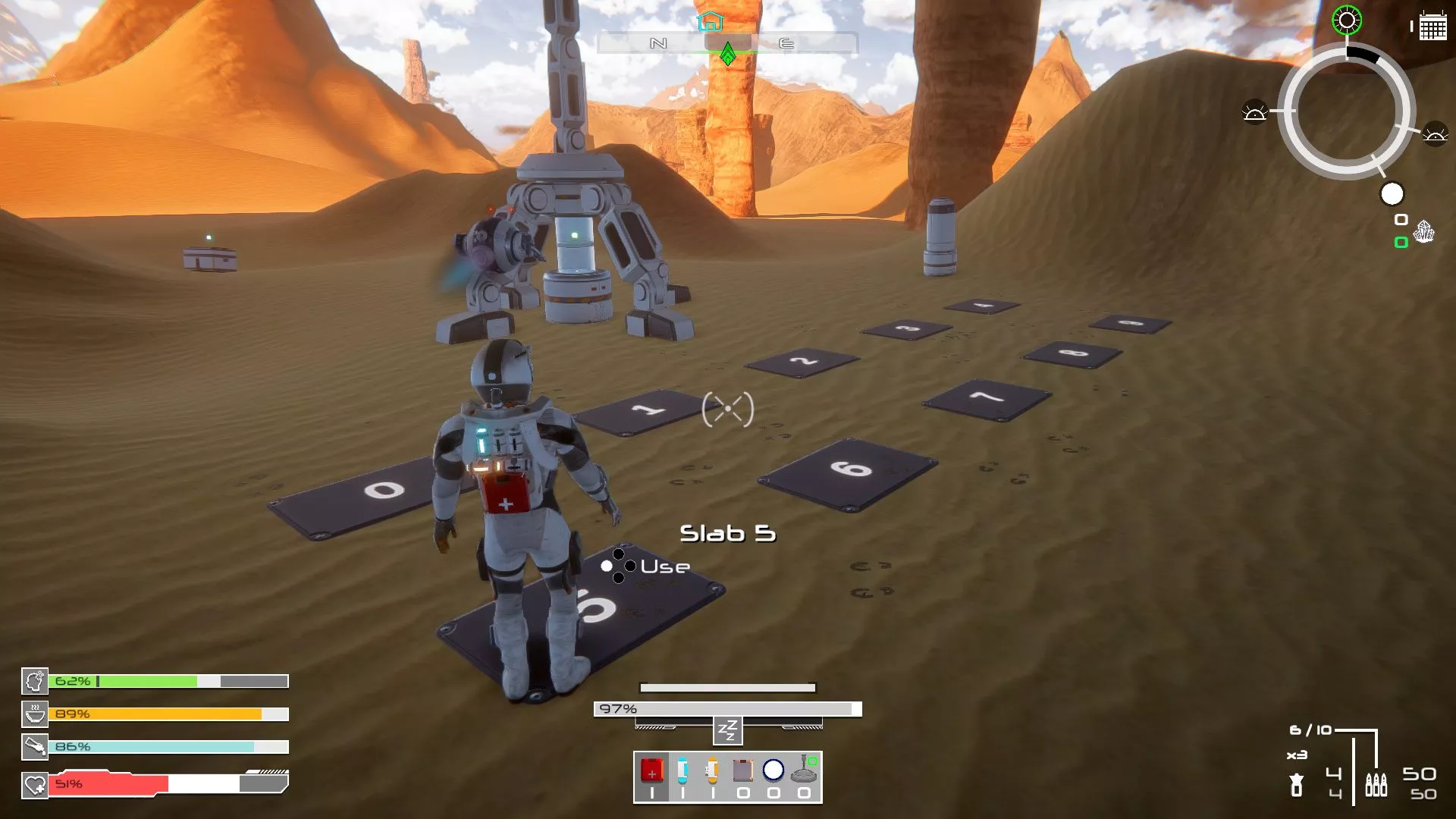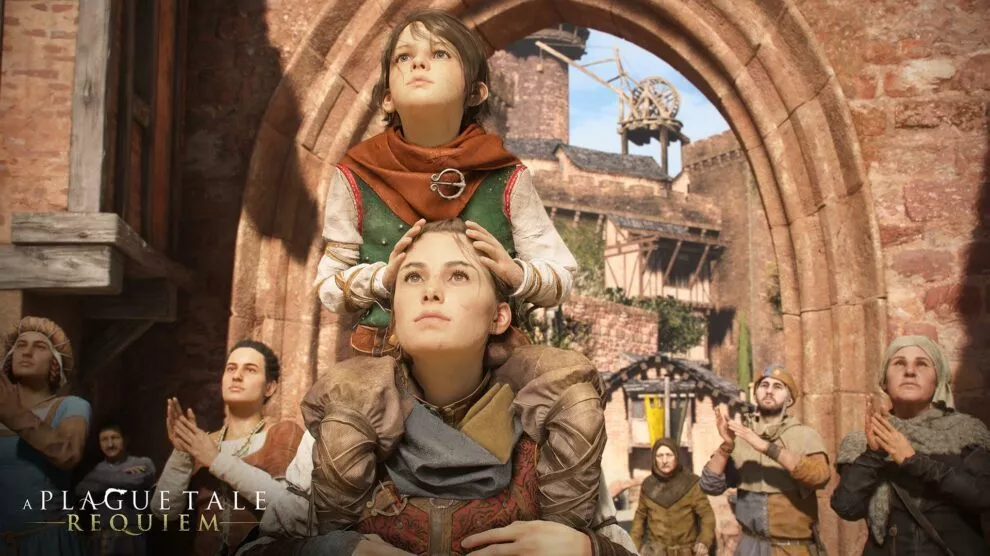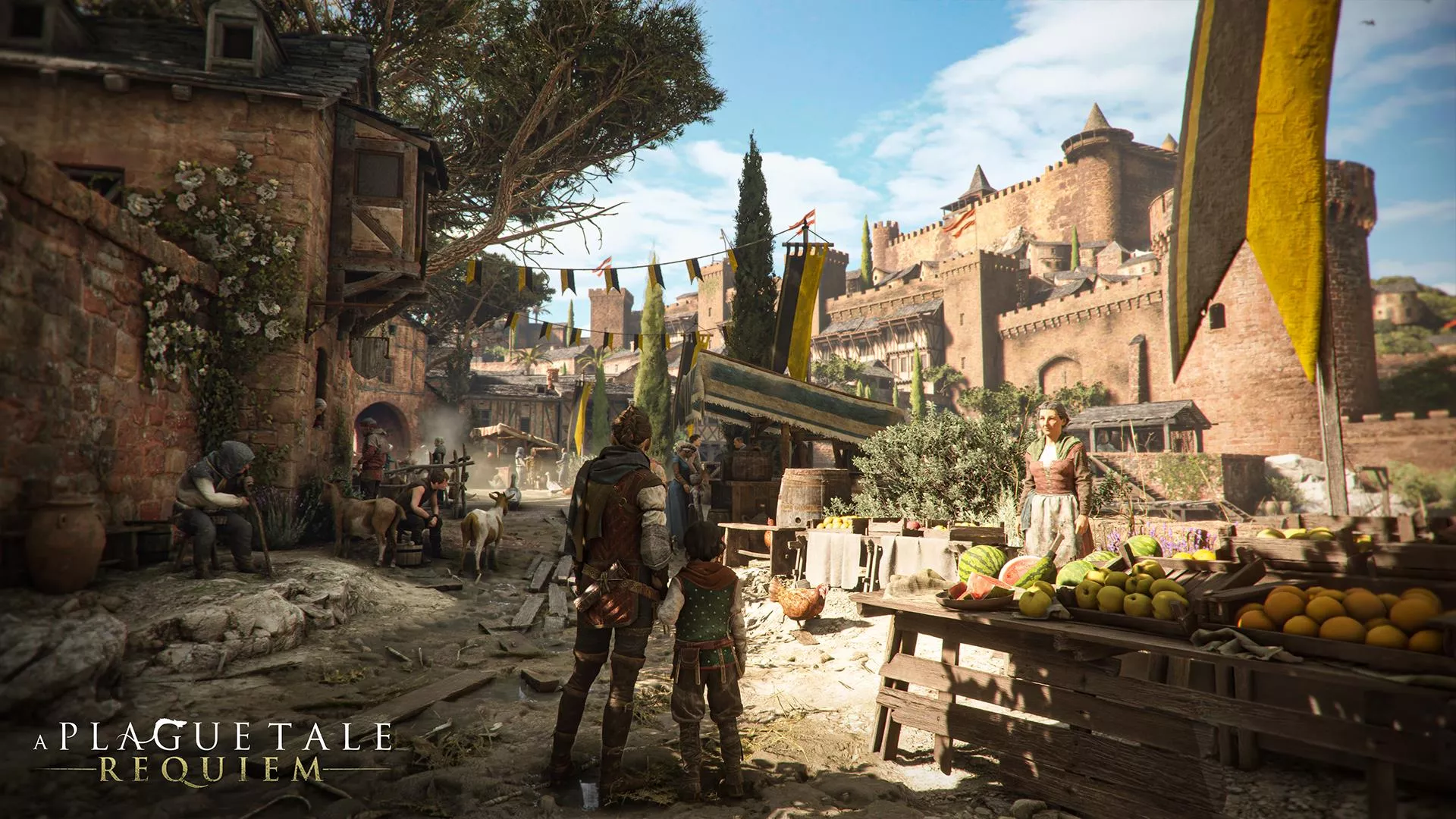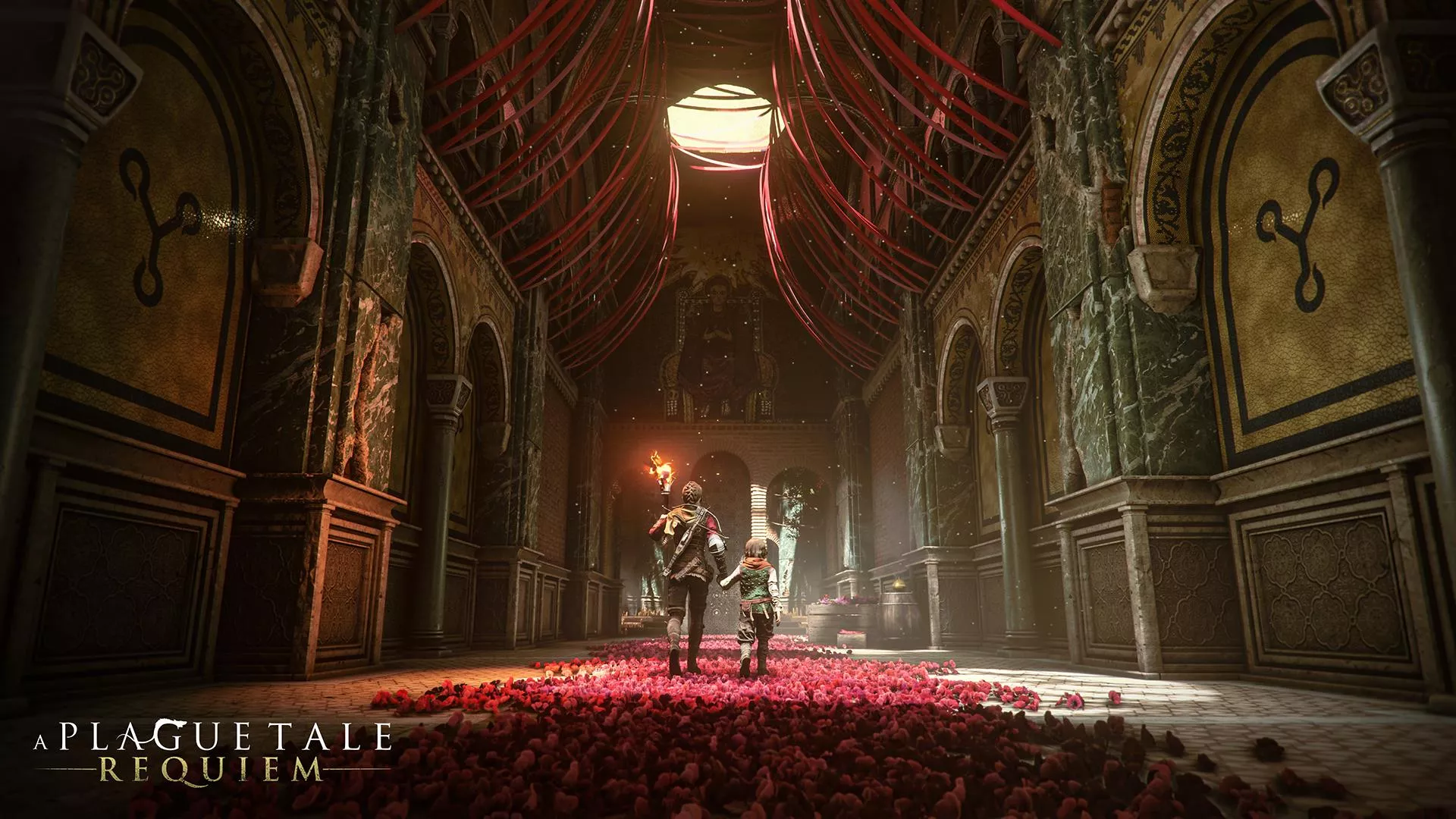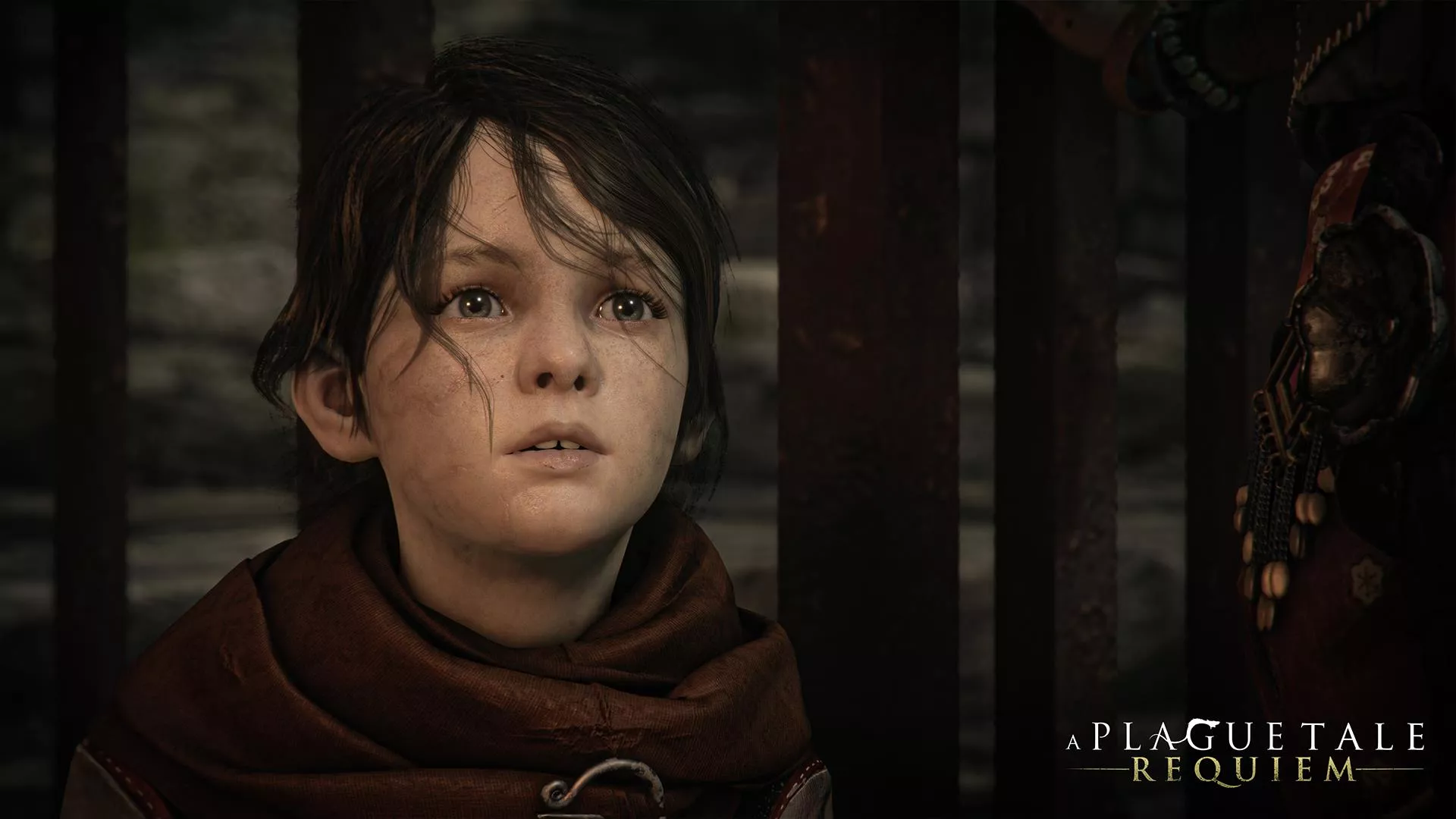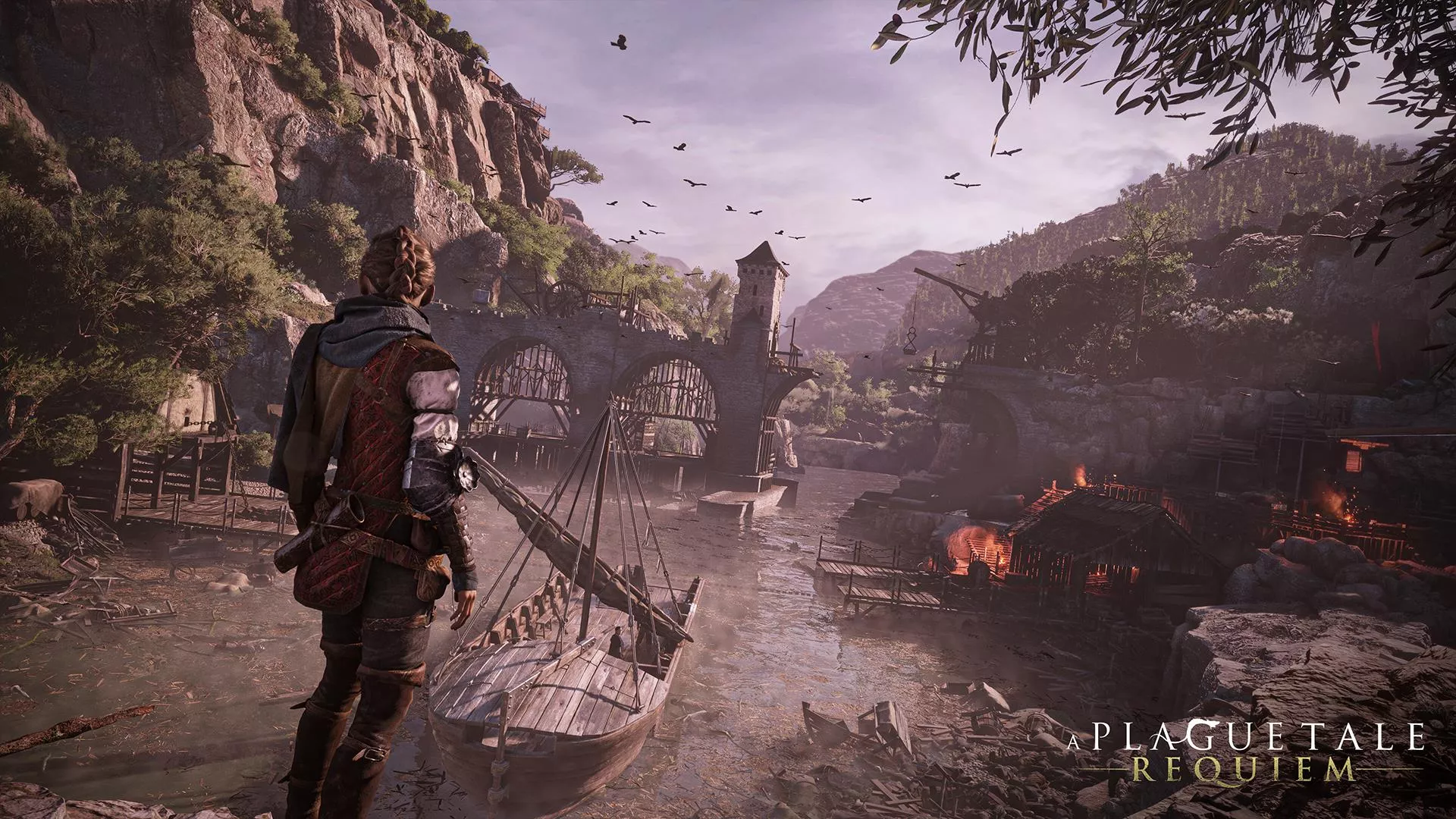See what we did there?
When it first released in 2019, I was surprised to find how quickly A Plague Tale Innocence grabbed my attention. It wasn’t something I imagined myself investing in, but the unique combination of an overwhelmingly horrific plague besieging a country (how sheltered we were) contrasted against the deep interrogation of a brother and sister’s relationship evolving as they themselves changed, provided a unique experience that no other game was even tackling.
While some mechanics struggled — such as a slightly vague stealth element — it was nevertheless a fun ride with a satisfying ending that left the door open for continuation.
And here we are! A Plague Tale Requiem picks up only six months after Innocence, with the four key (surviving) players from that title: siblings Amicia and Hugo, their mother and master alchemist Beatrice, and their friend Lucas. As we rejoin them, they’re bound for Provence to find another alchemist to assist Hugo.
As revealed in Innocence, Hugo’s blood contains something called the Macula – a rare genetic disorder carried in “noble bloodlines” — that affects one child in a generation, at most. The Macula links Hugo to the plague rats that carry “The Bite”, a threat that overwhelms towns one at a time as frightening hordes of the creatures literally swallow up inhabitants. In Innocence’s climax, Hugo learnt that he could reach out and control the rats, proving that his infection has grown stronger and continues to threaten his life.
One thing that Requiem does well is balancing the heavy nature of its setting with lighter, character-driven moments to give the player space to breathe. While the previous title leaned towards the muddy and brown nature of its medieval setting, the sequel’s move to the vibrant region of Provence allows the game to dazzle with lush colours and verdant nature. The contrast of a land not yet overtaken by the rats against Innocence’s depiction of a land already lost to them really makes the happy moments the group share at the outset feel like there’s truly hope for a happy ending.
The opening also serves to establish how this crew are faring after their last traumatic adventure. Hugo is more outgoing, chatting to strangers as you wander through a fair, while Amicia has managed to find the calm she lost escaping their home and the Inquisition six months ago. A you move about the fair, sweet moments play out between the siblings, reminding you just how closely bonded they are.
It’s not long, of course, until things turn sour – it wouldn’t be an ordeal about plague rats if you never heard so much as a squeak. Hugo’s role as the prime carrier means he naturally draws the rats to him, with place after place decimated by a force the poor kid can’t control. Requiem does a great job of investing in both sister and brother’s reactions to their role in it all.
Amicia shifts from remorse to fury and back, leaning into her ability to take out their attackers with a bit more gusto than is strictly necessary. As Hugo learns to greater control his connection to the rat horde, he becomes more able to help his sister in their protection – and being a young boy, swings wildly between horror and fear, and anger at the soldiers constantly ruining their chances to be happy. Neither of the two have any place in these situations, and it’s enthralling watching them do their best to prop each other up through it all.
The sequel also provides more freedom in tackling each dangerous situation, with skills automatically unlocking under three trees dependent on how you progress: Prudence, Aggressive and Opportunist. Prudence skills are awarded for moving stealthily, avoiding enemies, Aggressive skills reward players who go for the frontal assault, and Opportunist skills unlock for those who use the environment to their advantage, taking out or distracting enemies using whatever’s lying about.
Given that the first game occasionally felt like it was rail-roading you to tackle a situation in one specific way, these new skill trees deliver; it feels much more welcoming to know that in any given situation, you can address it however best suits you.
As an added bonus, Amicia’s repertoire of skills has expanded beyond the alchemical concoctions of the original — along with the Ignifer and Exstinguis bombs that could light and snuff fires respectively, and the rat-attracting Odoris, Amicia gains access to Tar, allowing her to boost an existing flame, or set an area or enemy alight with ease.
While some of Innocence’s concoctions don’t reappear here, new additions like the crossbow allow you to take down harder enemies in a snap, provided you can find the ammo. Given that every concoction can be used through either your sling, the crossbow or added to a pot to create a bomb, the variety of tactics available increase exponentially every time you gain a new tool.
As a result, areas in Requiem are much larger in scope than in the first title, with plenty of different ways to make progress. Cleverly, you almost have TOO many choices available – as Hugo’s illness progresses, he can once again control the rats directly as he did in the Innocence’s finale, flipping the script on taking down your opponents.
Where once your goal was to light a path for yourself, with Hugo you’re doing your best to black out as many areas as possible to then sweep through with your rodent army and mercilessly eliminate enemies. While this can make it very easy to clear an area out, you may end up making traversal more difficult for yourself when all’s said and done. You’re never punished for taking this tact, but you can rat yourself into a corner if you’re not careful.
On the flip side, this shift to larger spaces can also make it more difficult to determine the way forward. Requiem doesn’t have any kind of objective marker for your destination, instead relying on more subtle visual cues to prompt where you should go; one such is an inviting torchlight around the door you need to pass through. With multiple paths to take, this can muddy the waters visually; in one area, I spent a tough five minutes slogging my way through rats and armoured soldiers to a doorway, only to discover it wasn’t one I could actually open.
One particularly large area midway through the game offers wide-open exploration and beautiful world design on a scale the original could never have even dreamed of but suffers from unclear direction as a result. While there are diversions and hidden goodies scattered about, it’s hard to determine exactly where your destination lies, and what’s just something nice to check out on the way. If you do hike in the wrong direction, it’s a long slog back – Amicia and Hugo may be able to sprint, but you’re still sprinting at a speed a five-year-old rat-god can keep up with.
While I certainly enjoyed A Plague Tale Innocence back in 2019, Requiem has refined and improved the formula that made the first game so intriguing. Amicia and Hugo are not the timid children they were at the start of their journey, and while the goal used to be just survival, things have changed: it’s now about making sure that the people they want to be will survive this new hardship.
As they learn more about the effects of the Macula and the history of the Order of Alchemists, Amicia and Hugo have to make the most of what bright moments they find – just as the player should. When a single tantrum from a sensitive young boy could spell rat-based doom at any time, it’s all the more important to savour what joy they can find. As comrades come and go, it’s all about the journey forwards – just make sure you stay in the light.
A Plague Tale Requiem is now available on Windows PC, Switch, Xbox Series S, Xbox Series X and PS5; it’s also available through both Xbox and PC Game Pass.
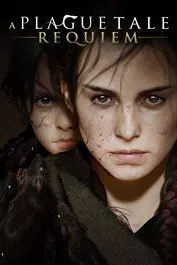 |
A Plague Tale Requiem18 October 2022PC PS5 Switch Xbox Series S & X
|
A Plague Tale Requiem was reviewed using a promotional code on PS5, as provided by the publisher. Click here to learn more about Stevivor’s scoring scale.
This article may contain affiliate links, meaning we could earn a small commission if you click-through and make a purchase. Stevivor is an independent outlet and our journalism is in no way influenced by any advertiser or commercial initiative.


